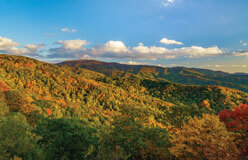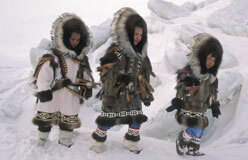If you are suffering through a hot, humid summer day, blame the weather. But if – year after year – most summer days where you live are hot and humid, blame the climate.
Climate refers to the average weather conditions in a region over a long period of time. For example, near the equator, some hot, steamy tropical rain forests are drenched by about 160 inches of rain per year – every year. (That’s more than 13 feet!) In Las Vegas, Nevada, on the other hand, the average rainfall per year is around four inches. In Antarctica, temperatures are low all year, year after year. They average –50°F! However, in Montreal, Canada, the average temperature in January is 16°F, while in July it’s 72°F!
Climate varies widely all over the world. Because of this, scientists divide the Earth into different climate zones. Conditions aren’t exactly the same all over a specific climate zone, but places in a zone share certain characteristics, like extremely low temperatures or very high rainfall. Look for your climate zone on the map below. (You may need to compare it to a map that shows countries and states in order to find exactly where you live.) Does the description match your average weather? What other places in the world are in your climate zone?
Climate affects many aspects of your life. It influences the clothes you purchase, the outdoor sports you play, and which plants and animals can be found living near you.







